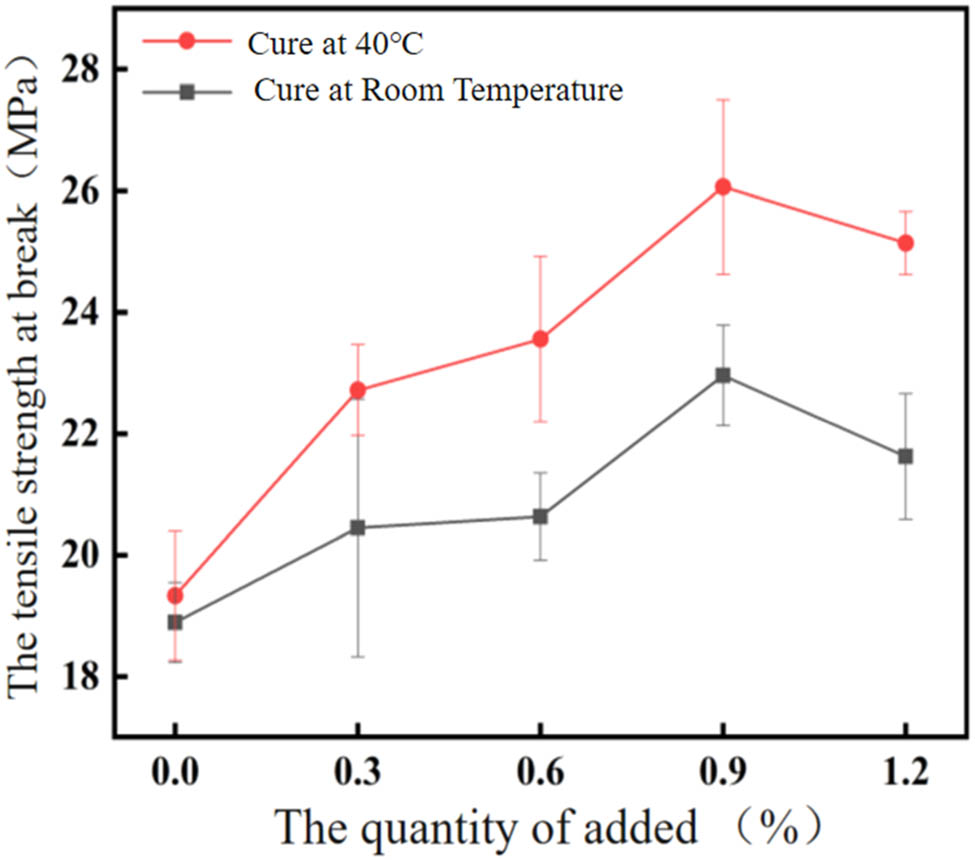A preliminary and groundbreaking study on the fiber orientation pattern in gas-powered projectile-assisted injection molding (G-PAIM) part of short-glass-fiber-reinforced polypropylene was reported, the results showed that the fiber orientation pattern across the thickness of G-PAIM part was remarkably different from that in the parts molded via gas-assisted injection molding (GAIM) and conventional injection molding (CIM) as reported earlier, and the difference of fiber orientation pattern between G-PAIM, GAIM, and CIM parts was mainly due to the unique flow fields generated by projectile penetration. Additionally, fiber orientation states within the G-PAIM part depended not only on their positions both across the part thickness and along the flow direction, but also on the processing parameters. Particularly along the thickness direction, fiber orientation states changed significantly. The results also showed that gas injection delay time was the main factor affecting the fiber orientation states within the G-PAIM part, and a shorter gas injection delay time could remarkably induce more ordered fiber orientation along the melt direction. Within the range of the investigated processing parameter values, a larger ordered region, where most fibers tended to be orderly oriented along the melt flow direction, could be obtained under a larger gas pressure (8 MPa), higher melt temperature (250°C), and shorter gas injection delay time (1 s). This work provides a comprehensive guidance for the fabrication practice of G-PAIM parts of short fiber-reinforced thermoplastics.
Inhalt
- Research Articles
-
Open AccessFlow-induced fiber orientation in gas-powered projectile-assisted injection molded parts20. Januar 2025
-
Open AccessKinetics of acryloyloxyethyl trimethyl ammonium chloride polymerization in aqueous solutions22. Januar 2025
-
15. Mai 2025
-
Open AccessSynthesis of migration-resistant antioxidant and its application in natural rubber composites10. Juni 2025
-
11. Juni 2025
-
19. Juni 2025
-
Open AccessPerformance of epoxy hexagonal boron nitrate underfill materials: Single and mixed systems9. Juli 2025
-
Open AccessStudy on the failure mechanism of suture CFRP T-joints under/after the low-velocity impact loading26. August 2025
-
Open AccessEffect of stacking sequence of the hybrid composite armor on ballistic performance and damage mechanism16. September 2025
- Rapid Communication
- Corrigendum



























